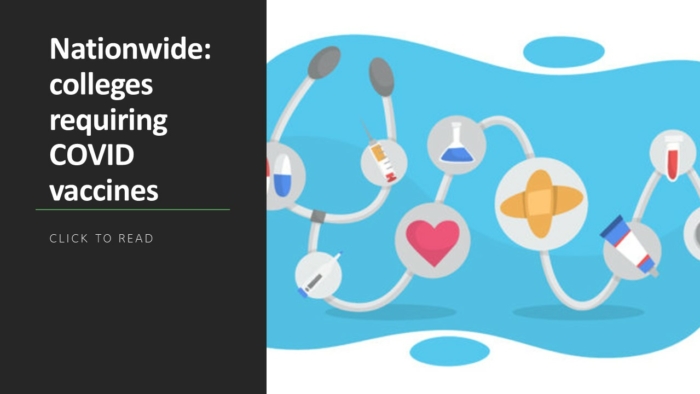According to a new report released by the National Center for Education Statistics, Black college graduates are both struggling to pay back student loans and failing to keep pace with their white counterparts.
The NCES Baccalaureate and Beyond Longitudinal Study of more than 17,160 graduates from the 2015-16 academic year shows that Black students were still incurring 105% of the debt they borrowed four years after finishing their studies. Meanwhile, white students had managed to reduce their debt down to 73%, while all other demographics all saw varying levels of remaining balances of less than 90%.
Besides the loans themselves, the study reveals four factors that might be holding them back. The first is a disparity in average pay, with Black graduates earning about $10,000 less than whites. The second is that more Black graduates work in full-time jobs that don’t require a bachelor’s degree or that they do not consider “career” positions. Third is that nearly 20% say they have taken on added family and/or childcare responsibilities during the pandemic, compared with only 11% of whites. And fourth, that 5% more Black graduates are simply out of the workforce than whites.
Those are a few of the reasons why many national leaders point to the importance of student loan forgiveness proposed by the Biden Administration, which not only helps all borrowers, but assists those most desperate to lower their burdens and improve their economic status in American society.
“I get emotional thinking about the profound impact this will have for families, especially families that have been systematically denied the opportunity to own a home or build generational wealth,” said Rep. Ayanna Pressley (D-Mass.), referring to the Biden plan. “This is the type of transformative policy that sends ripples forward for generations. Millions of families are going to start 2023 student loan debt-free thanks to the Biden-Harris Administration and that is a beautiful thing.”
More from UB: FAMU students file lawsuit against state of Florida, claiming favoritism of white institutions
Biden has offered $10,000 in loan relief for 43 million borrowers and another $10,000 for those who had taken out Pell grants. For the graduating class of 2015-16–including the Black students who also on average took out $13,470 more in loans than White students–it could be transformative. For all demographics, affordability has slipped away from a large segment of those with degrees. These are a few startling statistics from the B&B study:
- Only 31% of all respondents owned a home
- 34% had a negative net worth
- 11% could not make necessary payments on housing or medical bills in the year prior
- Only 50% of those who worked during the pandemic had the option to do it remotely
- Overall, 74% of graduates were working full-time
- Seventy-four percent of 2015–16 graduates were working full-time, including 14% who were out of the labor force.
In the main report, NCES broke out a separate category that looked at the outcomes of graduates who were education majors. Nearly 25% either did not pursue teaching in K-12 schools or left it altogether after four years. But three-quarters had signed on as new teachers or remained in jobs.









